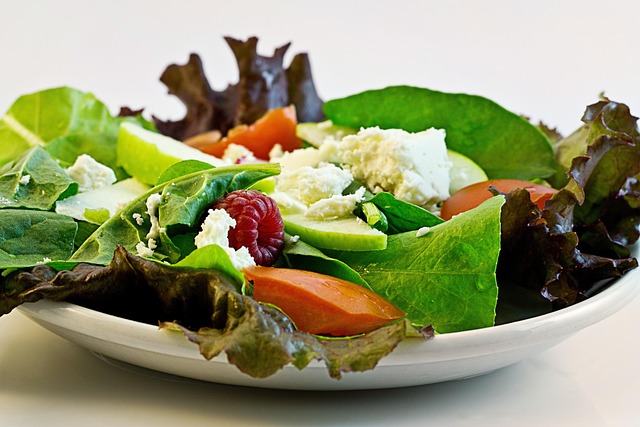
Diacetyl in Brewing
Diacetyl is a naturally occurring compound produced by yeast during fermentation. It is known for imparting a buttery flavor to beer, which is generally considered undesirable, particularly in lager styles. Understanding diacetyl and its formation is crucial for brewers aiming to produce high-quality lagers. The presence of diacetyl can significantly affect the overall flavor profile of the beer, making it essential to manage its levels effectively.
The Importance of the Diacetyl Rest
The diacetyl rest is a critical phase in the fermentation process, especially for lagers. This phase allows the yeast to reabsorb diacetyl and convert it into less flavorful compounds, thereby improving the final product. The diacetyl rest typically occurs towards the end of fermentation, where the yeast is still active but the fermentation process is nearing completion.
When to Implement a Diacetyl Rest
Brewers should consider implementing a diacetyl rest during the final stages of fermentation. This is usually done in the last two days of the fermentation process. By this time, the yeast has already converted most of the sugars into alcohol, but it still has the capability to metabolize diacetyl. Timing is crucial; a premature diacetyl rest may not allow sufficient time for the yeast to effectively reduce diacetyl levels.
How to Perform a Diacetyl Rest
Executing a diacetyl rest involves a few straightforward steps:
- Monitor Fermentation: Ensure that fermentation is nearly complete, typically indicated by a stable specific gravity reading over a couple of days.
- Increase Temperature: Gradually raise the temperature of the fermentation vessel to between 65°F and 68°F (approximately 18°C to 20°C). This temperature range encourages yeast activity and aids in the breakdown of diacetyl.
- Maintain Temperature: Keep the temperature elevated for about two days. This duration allows the yeast sufficient time to metabolize any remaining diacetyl.
- Return to Fermentation Temperature: After the diacetyl rest, return the beer to its original fermentation temperature if necessary, especially if lagering is to follow.
Factors Influencing Diacetyl Production
Several factors can influence the production of diacetyl during fermentation:
- Yeast Health: Healthy yeast is more efficient at metabolizing diacetyl. Ensuring proper yeast management, including adequate pitching rates and oxygenation, is essential.
- Fermentation Temperature: Higher fermentation temperatures can lead to increased diacetyl production. It is important to maintain optimal fermentation temperatures for the yeast strain being used.
- Time: Allowing sufficient time for fermentation is critical. Rushing the fermentation process can result in higher diacetyl levels.
Conclusion
The diacetyl rest is a vital step in the brewing process, particularly for lagers, where clarity and flavor are paramount. By understanding the role of diacetyl and implementing a proper diacetyl rest, brewers can significantly enhance the quality of their beer. This practice not only helps in reducing unwanted flavors but also contributes to a more refined and enjoyable drinking experience.

















 Get Ready to Explore with Costsaver Tours! 🌍✈️
Get Ready to Explore with Costsaver Tours! 🌍✈️ 
 Health
Health  Fitness
Fitness  Lifestyle
Lifestyle  Tech
Tech  Travel
Travel  Food
Food  Education
Education  Parenting
Parenting  Career & Work
Career & Work  Hobbies
Hobbies  Wellness
Wellness  Beauty
Beauty  Cars
Cars  Art
Art  Science
Science  Culture
Culture  Books
Books  Music
Music  Movies
Movies  Gaming
Gaming  Sports
Sports  Nature
Nature  Home & Garden
Home & Garden  Business & Finance
Business & Finance  Relationships
Relationships  Pets
Pets  Shopping
Shopping  Mindset & Inspiration
Mindset & Inspiration  Environment
Environment  Gadgets
Gadgets  Politics
Politics 